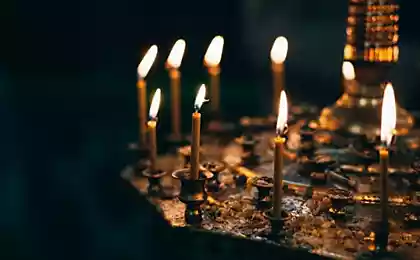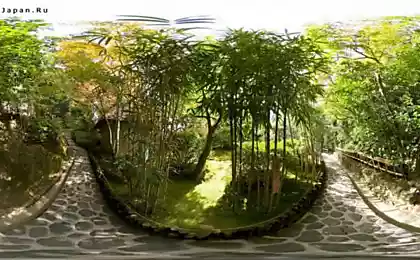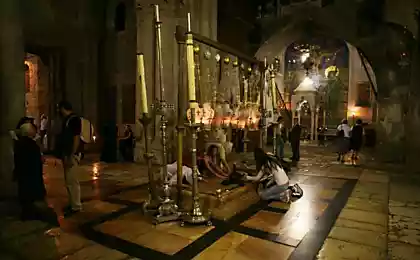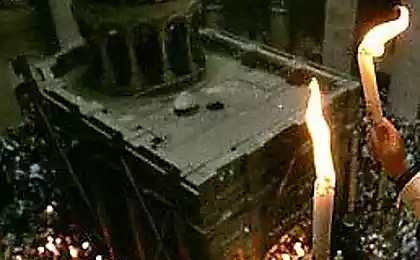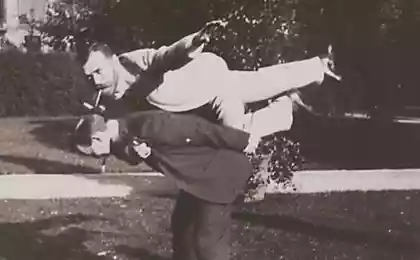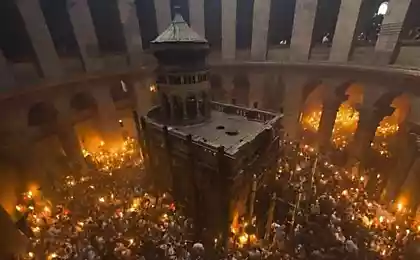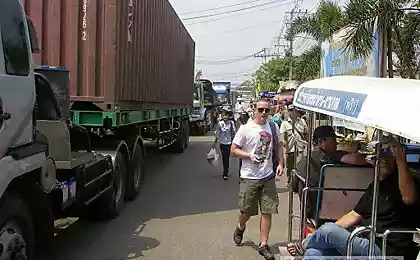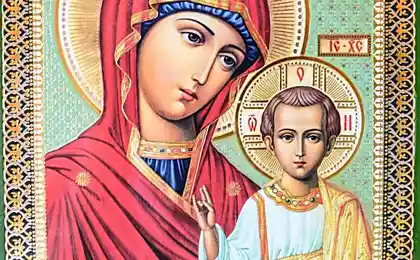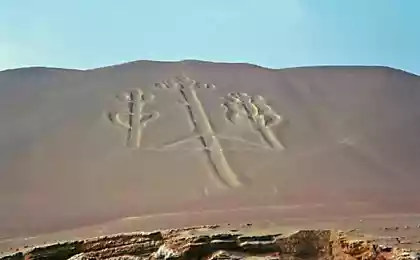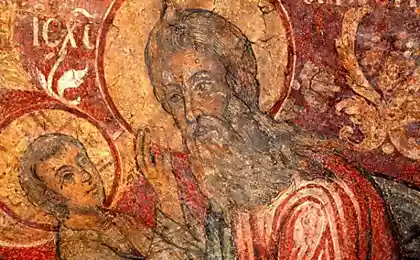163
Archaeologists will resume excavations in the temple of Artemis of Ephesus
Dry summer will allow you to explore the remains of one of the seven wonders of the ancient world. Archaeologists will resume excavations in the temple of Artemis, located in the ancient city of Ephesus. The temple in ancient times was considered one of the wonders of the world.
“This will be a very important and exciting excavation for us. We hope that we will receive information that will confirm our hypotheses, says the head of the excavation, Professor Sabine Ladstatter. According to her, one of the tasks of the new research is to find out whether there was a church on the site of the temple at a later time. In addition, archaeologists hope to reach the layer of Roman time.
The last archaeological work in the temple was carried out 20 years ago, the professor noted. The research was fraught with significant difficulties - the excavation site has a high level of groundwater. The water had to be pumped out.
This year, due to low rainfall, groundwater levels fell. Thanks to this, archaeologists will be able to significantly increase the pace of work.
The Temple of Artemis of Ephesus was built in the middle of the VI century BC. It was located in Ephesus, an ancient Greek city on the coast of Asia Minor (now the province of Izmir, Turkey). The temple was built for several decades - it was completed in the first half of the V century BC.
The building was built of white marble, it was decorated by the best masters of Greece. The statue of the goddess Artemis was made of gold and ivory. Accurate information about the external decoration of the temple researchers have not yet.
In 365 BC, the temple of Artemis of Ephesus was burned by Herostratus. The name of this man, contrary to the decree of the city meeting, has been preserved in history and has become a household name.
By the beginning of the III century BC, the temple was restored. The construction of the new temple was financed by Alexander the Great. The statues for the new temple were made by Praxitele, and the reliefs by Scopas. In addition, the temple was decorated with paintings, judging by the descriptions, superior to the works of sculptors.
In the third century AD, the temple was looted by the Goths. In the IV century, after the ban of pagan cults, the temple was closed, and then destroyed.
Source: Hurriyet Daily News
Source: nkj.ru
“This will be a very important and exciting excavation for us. We hope that we will receive information that will confirm our hypotheses, says the head of the excavation, Professor Sabine Ladstatter. According to her, one of the tasks of the new research is to find out whether there was a church on the site of the temple at a later time. In addition, archaeologists hope to reach the layer of Roman time.
The last archaeological work in the temple was carried out 20 years ago, the professor noted. The research was fraught with significant difficulties - the excavation site has a high level of groundwater. The water had to be pumped out.
This year, due to low rainfall, groundwater levels fell. Thanks to this, archaeologists will be able to significantly increase the pace of work.
The Temple of Artemis of Ephesus was built in the middle of the VI century BC. It was located in Ephesus, an ancient Greek city on the coast of Asia Minor (now the province of Izmir, Turkey). The temple was built for several decades - it was completed in the first half of the V century BC.
The building was built of white marble, it was decorated by the best masters of Greece. The statue of the goddess Artemis was made of gold and ivory. Accurate information about the external decoration of the temple researchers have not yet.
In 365 BC, the temple of Artemis of Ephesus was burned by Herostratus. The name of this man, contrary to the decree of the city meeting, has been preserved in history and has become a household name.
By the beginning of the III century BC, the temple was restored. The construction of the new temple was financed by Alexander the Great. The statues for the new temple were made by Praxitele, and the reliefs by Scopas. In addition, the temple was decorated with paintings, judging by the descriptions, superior to the works of sculptors.
In the third century AD, the temple was looted by the Goths. In the IV century, after the ban of pagan cults, the temple was closed, and then destroyed.
Source: Hurriyet Daily News
Source: nkj.ru
Piercing photos—dogs and homeless people
New seats in airplanes Metrojet, the company has reduced fuel consumption


